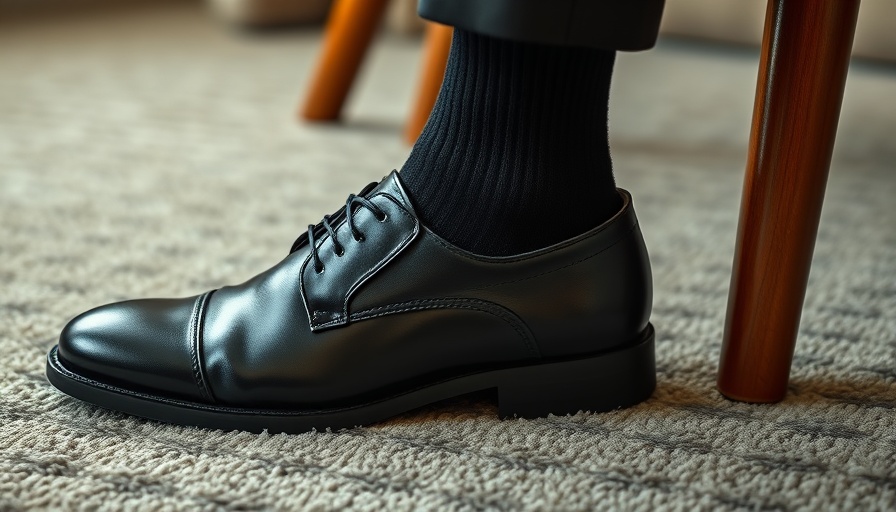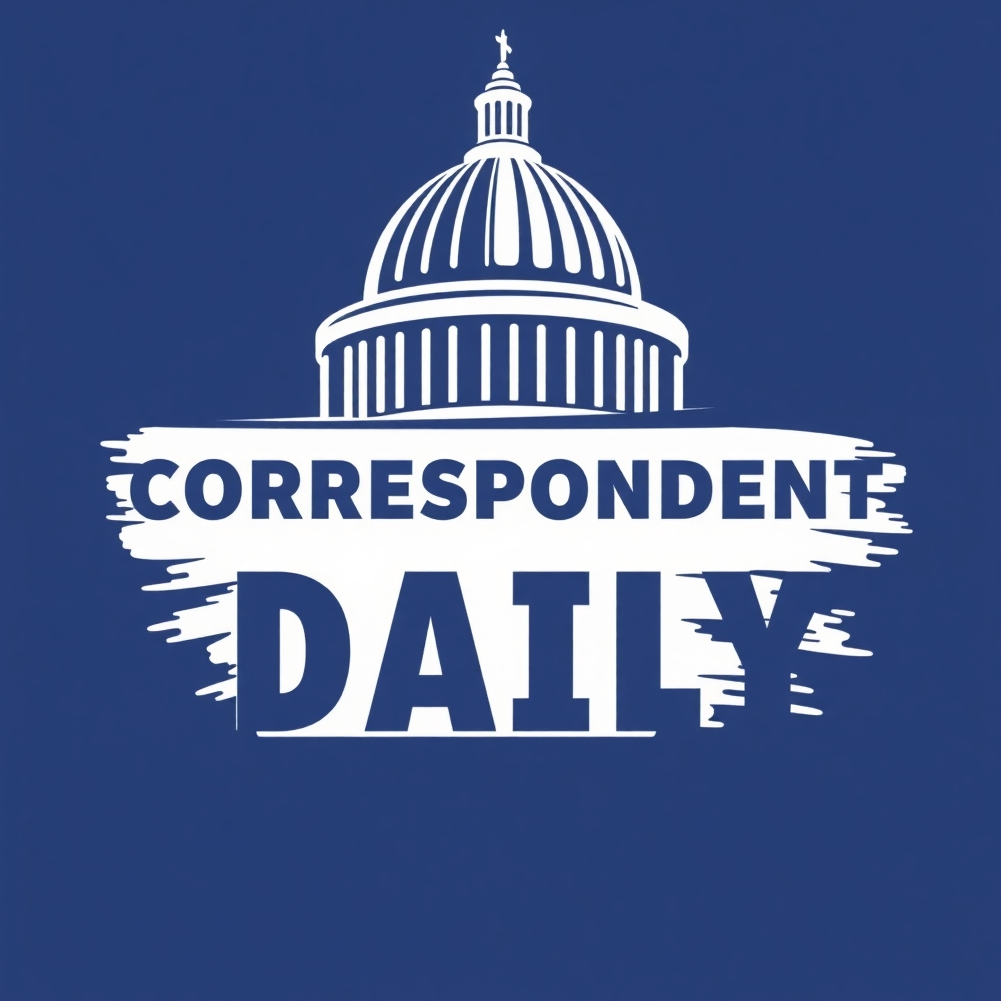
Understanding Chronic Venous Insufficiency: A Deep Dive
Chronic venous insufficiency (CVI) is not just a medical term often tossed around in clinical settings; it has become part of the public discourse, particularly recently with its revelation tied to notable figures like President Donald Trump. This condition arises when veins in the legs struggle to transport blood back to the heart effectively, causing blood to pool in the lower extremities and leading to a variety of uncomfortable, and sometimes painful, symptoms.
The condition manifests primarily as swelling in the feet and ankles, which can be troubling for anyone, especially those who are active and on their feet frequently. Along with swelling, symptoms can include an achy or heavy feeling in the legs, sensations of tingling, and a visible presence of varicose veins. In severe cases, CVI can escalate to leg sores known as ulcers, requiring serious medical attention.
What Causes CVI: Breaking Down the Risk Factors
So, what causes chronic venous insufficiency? The problem often lies in the valves within leg veins that facilitate the upward flow of blood against gravity. When these valves become weak or damaged—due to reasons like obesity, blood clots, or vein inflammation, medically termed phlebitis—CVI can develop. Many people experience this condition after periods of sitting or standing for prolonged durations, as the veins struggle to do their job efficiently under such circumstances.
As more individuals recognize CVI's signs, understanding these risk factors becomes crucial in mitigating potential health impacts. It raises the question of what preventive measures can be integrated into daily routines to lessen the chances of developing this troubling condition.
Seeking Diagnosis and Treatment: What You Should Know
Diagnosis of chronic venous insufficiency often involves a detailed medical examination and may include imaging tests to observe blood flow and vein condition. Such proactive measures are essential, especially considering that early detection can lead to manageable treatments. Patients might be advised on lifestyle changes such as enhancing physical activity, maintaining a healthy weight, or using compression stockings to improve leg blood flow.
Furthermore, treatment options vary from non-invasive techniques and lifestyle adjustments to more complex surgical interventions in severe cases. The emphasis on tailored approaches equally highlights the need for ongoing awareness and education about CVI.
The Importance of Awareness in Health: A Personal Connection
The public discourse surrounding chronic venous insufficiency is particularly poignant today, as health issues take center stage in national conversations. Understanding CVI not only benefits those who may directly suffer from it but also enriches the broader societal understanding of health challenges. In a world where chronic diseases are on the rise, comprehending conditions like CVI can help individuals advocate for their health more effectively.
Future Insights: What’s Next in CVI Awareness?
As we advance into an increasingly health-conscious age, the future of chronic venous insufficiency awareness is looking bright but complex. Most notably, the ongoing discussions around health on platforms such as Google and social media signify a shift where individuals are more engaged in their health narratives. This could lead to greater preventative strategies and lifestyle changes that integrate seamlessly into societal norms.
Trends in general health awareness, coupled with an increase in lifestyle-focused media, mean that CVI could see a reduction in incidence rates as more people take charge of their health. However, recognizing this condition remains paramount; as it affects millions, raising awareness can lead to early detection and treatment.
Conclusion: The Call for Education and Action
As delicate and concerning as chronic venous insufficiency may be, it opens the door for vital conversations about body, health, and the importance of paying attention to ourselves. If you or someone you know is experiencing symptoms associated with CVI, don’t hesitate to seek professional guidance. Being informed is your first line of defense. Keeping abreast of health discussions on trending news platforms today helps empower individuals to take actionable steps toward holistic well-being.
 Add Row
Add Row  Add
Add 




 Add Row
Add Row  Add
Add 

Write A Comment